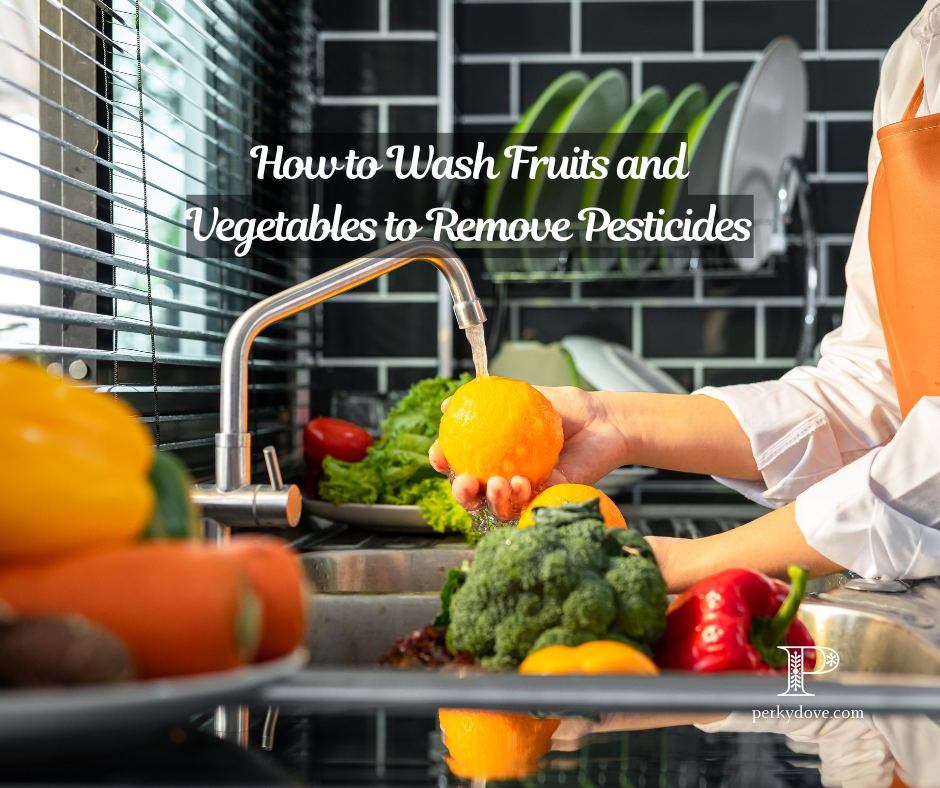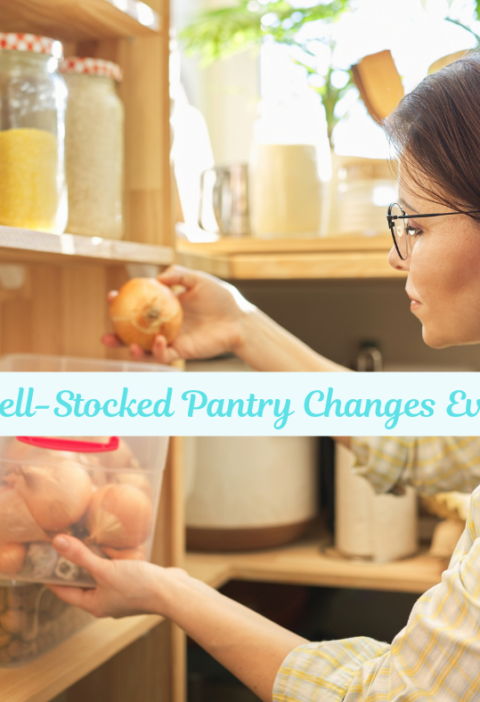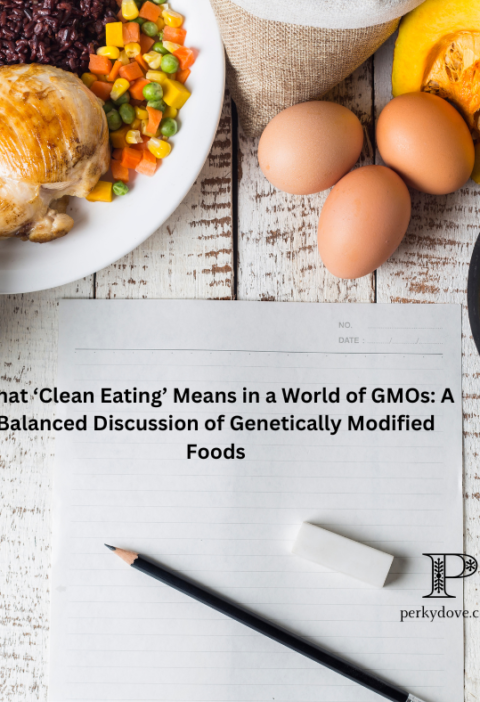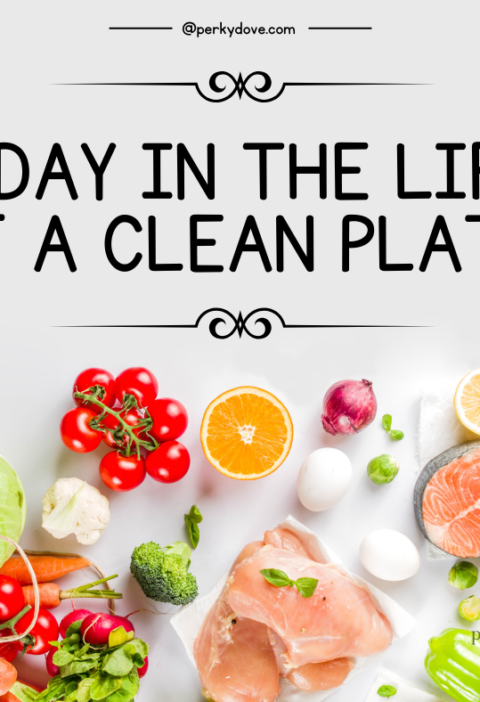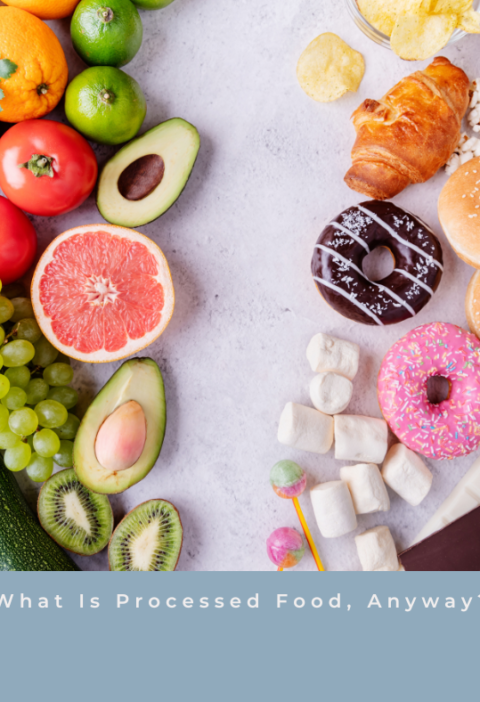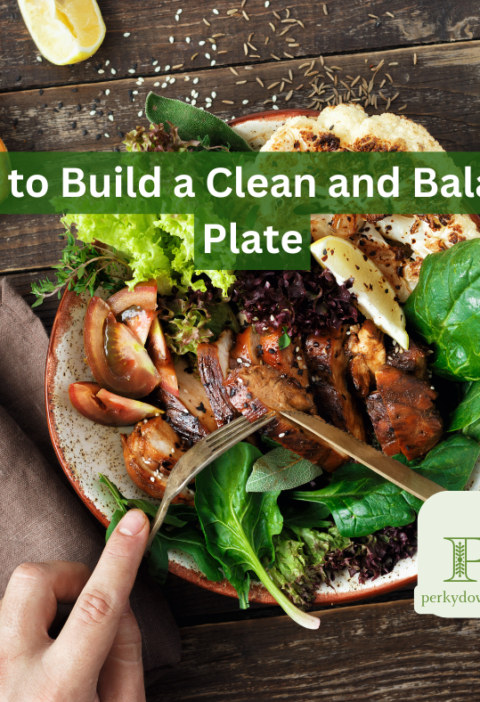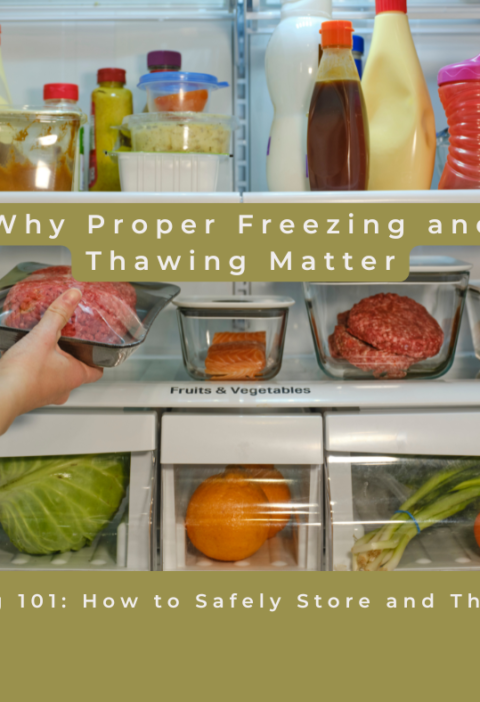We use affiliate links. If you purchase something using one of these links, we may receive compensation or commission.
Fruits and vegetables are essential to clean eating, but even the freshest produce can carry pesticides, dirt, and harmful bacteria. Properly washing your produce is a simple yet effective step to make your meals safer and healthier. Let’s explore the best methods to clean fruits and vegetables and ensure they’re ready for your plate.
Why Washing Your Produce Matters
Even organic produce can have surface dirt, wax coatings, or residues from natural fertilizers. Washing helps to:
- Remove Pesticides: Even trace amounts can build up over time.
- Reduce Germs: Handling during harvesting and transport exposes produce to bacteria.
- Eliminate Dirt and Debris: Nobody wants grit in their salad!
- Safe for People, Pets, and Plants - Removes Dirt & Residue, No Aftertaste, made in USA with Just Ionized Water & Hypochlorous Acid, 1-Pack...
Best Practices for Washing Produce
-
Use Cold Water
- Rinse all fruits and vegetables under cold, running water.
- Avoid hot water, as it can cause delicate produce to wilt or lose texture.
-
Gently Rub or Scrub
- Rub softer produce like apples and cucumbers with your hands to remove residue.
- For firmer items like potatoes or carrots, use a produce brush to scrub away dirt and wax.
-
Soak When Necessary
- For leafy greens and items with crevices (e.g., broccoli), soak them in a bowl of cold water for 1–2 minutes, then rinse thoroughly.
-
Avoid Soap or Detergents
- These can leave harmful residues and aren’t necessary to clean produce effectively.
-
Dry Thoroughly
- Use a clean towel or salad spinner to dry washed produce. Moisture can promote mold and spoilage, especially for leafy greens.
DIY Produce Wash Recipe
For extra cleaning power, try this natural produce wash:
Ingredients:
- 1 cup water
- 1 cup white vinegar
- 1 tablespoon lemon juice
Instructions:
- Mix the ingredients in a spray bottle.
- Spray onto fruits and vegetables, let sit for 5 minutes, and rinse with cold water.
Why It Works: Vinegar helps break down pesticide residues, and lemon juice adds antimicrobial properties.
Clean Boss Eat Cleaner Triple-Action Fruit + Veggie Wash - 12 oz, Pack of 3 - Removes Harmful Residue - Keeps Produce Fresh Up to 5X Longer - Includes One Trigger - Vegan, Gluten Free
Produce-Specific Tips
- Leafy Greens: Remove outer leaves and soak the rest in cold water. Shake gently to loosen dirt before rinsing.
- Berries: Avoid soaking berries, as they can absorb water and become mushy. Rinse gently in a colander right before eating.
- Hard-Skinned Fruits and Veggies: Scrub melons, cucumbers, and potatoes with a brush under running water to remove dirt and bacteria.
- Mushrooms: Use a damp paper towel or soft brush to clean mushrooms—too much water can affect their texture.
When to Wash Produce
- Wash Before Eating or Cooking: Washing too early can leave produce damp, leading to faster spoilage.
- Exceptions: Store pre-washed, bagged salads and greens as-is—they’re ready to use unless the packaging suggests otherwise.
Produce Wash and Cleaner, 16-Fluid Ounce, Pack of 3
How Effective Is Washing for Removing Pesticides?
Washing doesn’t remove all pesticide residues, but it can significantly reduce them. The Environmental Working Group (EWG) suggests focusing on cleaning items from the Dirty Dozen list—these tend to have the highest pesticide levels.
Bonus Tips for Safer Produce
- Buy Organic When Possible: Especially for items like strawberries, spinach, and apples that are prone to high pesticide residue.
- Peel When Appropriate: Removing skins from items like cucumbers and potatoes can further reduce pesticide exposure.
- Inspect Before Buying: Avoid bruised or damaged produce, as bacteria can enter through cuts.
Final Thoughts
Washing your fruits and vegetables is an easy yet vital step toward cleaner, safer meals. Whether you’re rinsing under cold water, soaking greens, or using a natural produce wash, these small actions make a big difference in reducing harmful residues and bacteria.
